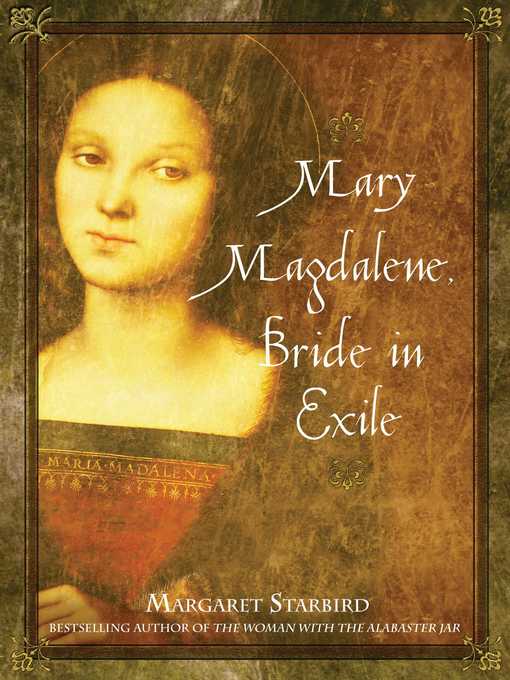
Mary Magdalene, Bride in Exile
- اطلاعات
- نقد و بررسی
- دیدگاه کاربران
نقد و بررسی

August 22, 2005
Capitalizing on the success of her bestseller The Woman with the Alabaster Jar
(which was plugged in The Da Vinci Code
), Starbird revisits the Mary Magdalene myth, hoping to separate truth from fiction, and from all-out fallacy. In an effort to reclaim Mary as the exiled Bride, and to reassert belief in the ultimate sacred union of Mary and Jesus, of "God incarnate in flesh, both male and female," she provides a suggestive if somewhat muddled argument. One of the most intriguing stories comes via a second-century prayer rug that seems to support the Grail legend in which the exiled family (namely Mary, her sister and possibly a daughter of Jesus) escaped from Palestine in a tiny boat. Explorations of Sarah the Egyptian, the Merovingian fish as well as Isis reveal logical connections to various Mary stories. Moreover, references to artistic depictions of the Magdalene illustrate the historic symbolism long associated not only with Mary but with Christianity itself. After 30 years of studying the Magdalene stories, no one can fault the author's dedication. Unfortunately, she is distractingly unsure of her audience, and few outside academia will find this as captivating a read as it could have been. The book includes an hour-long audio CD of the author's presentation on the sacred intimacy between Jesus and Mary Magdalene.

November 1, 2005
Episcopal priest Chilton (religion, Bard Coll.; "Rabbi Jesus") and Roman Catholic independent scholar and feminist Starbird ("The Woman with the Alabaster Jar") provide two different views of Mary Magdalene, both of which agree about her foundational role in early Christianity as an apostle and intimate companion of Jesus. Chilton likens her to a woman possessed by demons, poor and outcast but not a prostitute and not Mary of Bethany, as much medieval legend claims. Through a careful examination of available texts (canonical gospels, the most important noncanonical gospels, and other early Christian writings) and sober speculation, Chilton traces her relationship to Jesus and claims that it was she who taught Jesus the power of vision, anointing, and touch and the disciples that Jesus had overcome death; without her, according to Chilton, resurrection might never have become a central Christian teaching. He also traces her later legend, the ambivalence of Gnosticism toward her, her medieval cult and denigration, and 20th-century reassessments.
In her book, Starbird seeks to reinstate what she believes to be early Christian teachings about sacred marriage. To her mind, Mary was wealthy, probably the sister of Lazarus (hence Mary of Bethany), Jesus' spiritual partner, and perhaps even the mother of Sarah, his putative child, who was taken away from the Holy Land for protection. Starbird documents her study well, relying less on the canonical gospels and more on Gnostic literature, "The Golden Legend", and diverse medieval sources. While Chilton's "Mary" teaches mainstream Christian doctrine, Starbird's -which includes a CD of "The Greatest Story Every Told" -leads to a more esoteric incarnation found in sacred conjunction. Chilton is highly recommended for all collections; Starbird is highly recommended for feminist collections and for all collections without her earlier books on Mary Magdalene." -Carolyn M. Craft, Longwood Univ., Farmville, VA"
Copyright 2005 Library Journal, LLC Used with permission.

October 1, 2005
The success of " The Da Vinci Code " (2003) has focused renewed attention on Mary Magdalene. Starbird, a writer experienced in biblical history, is among the latest to focus on the woman called "the apostle to the apostles." Starbird, who primarily looks at the way Mary's story merges into myth, paints with a bit of New Age patina, yet her book is more focused and organized. Starbird thinks that the Magdalene and Mary of Bethany were one; other writers think Mary was poor; Starbird styles her as rich. Readers interested in Mary will want to read this book and come to their own conclusions. (Reprinted with permission of Booklist, copyright 2005, American Library Association.)




دیدگاه کاربران